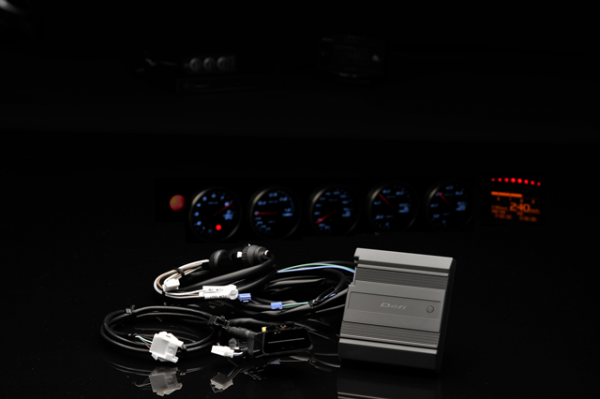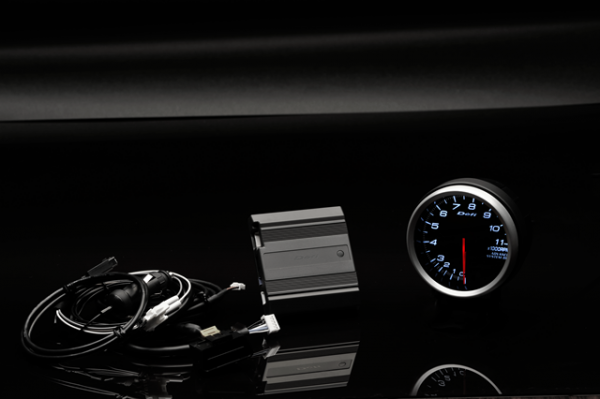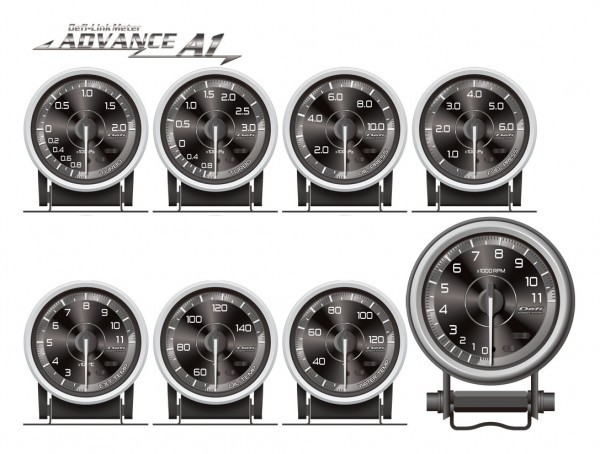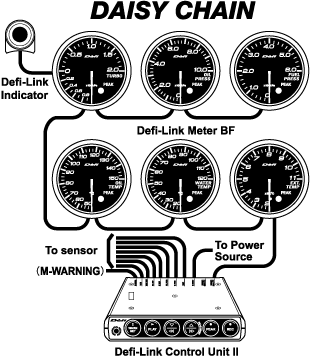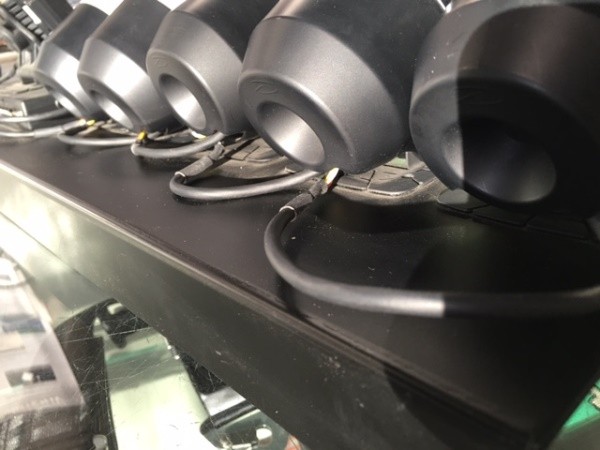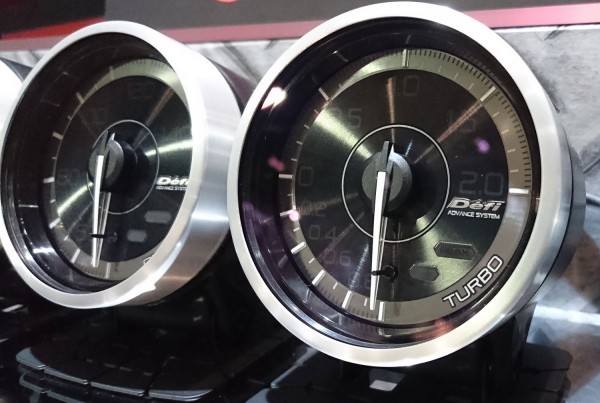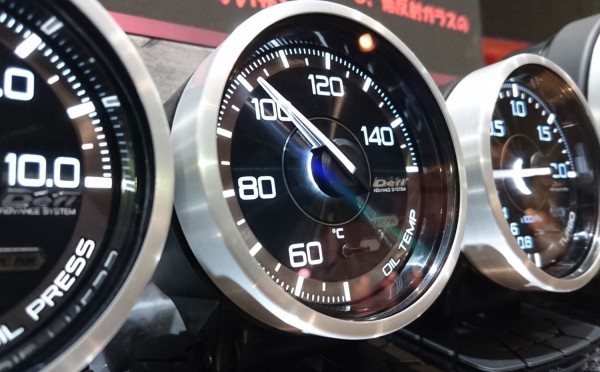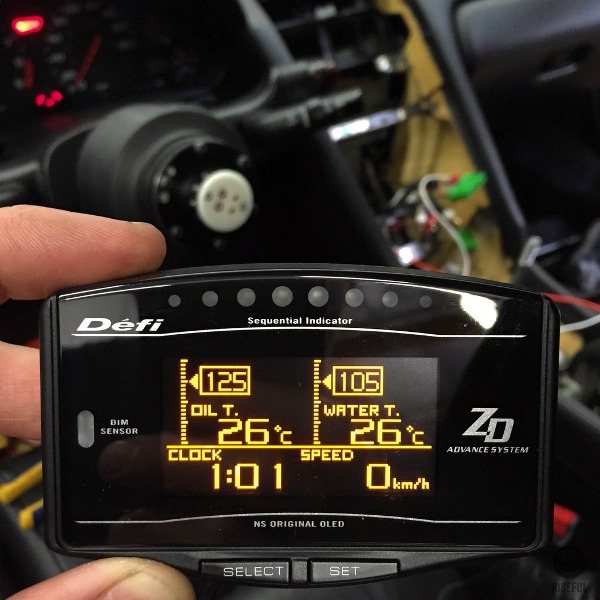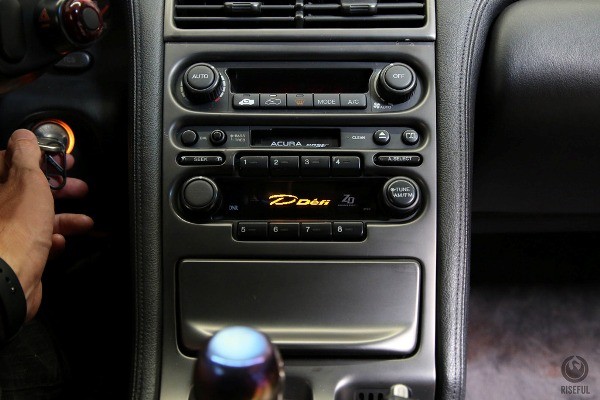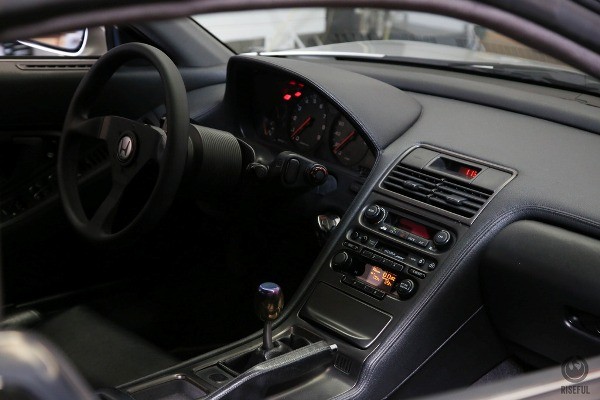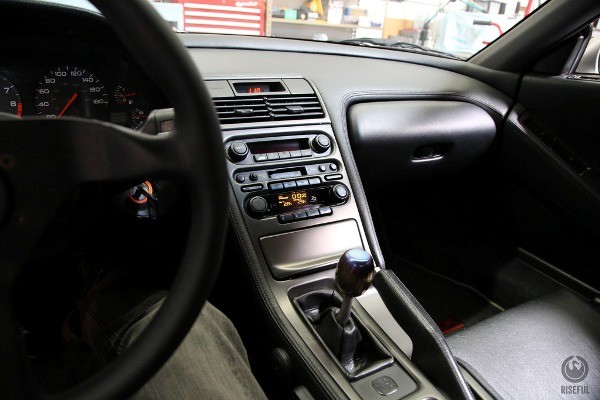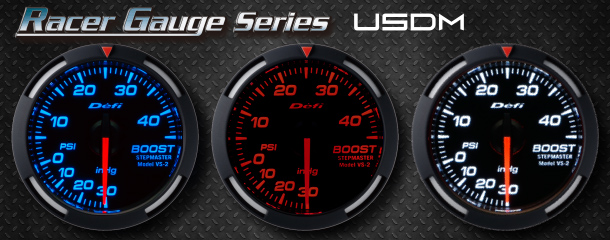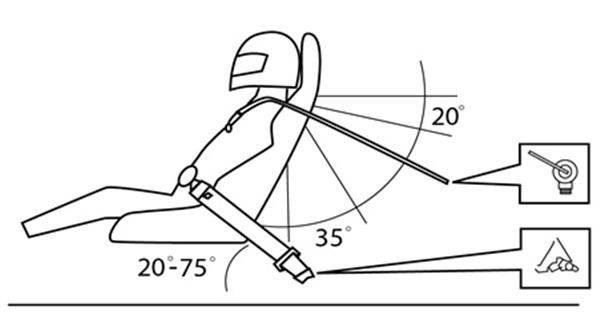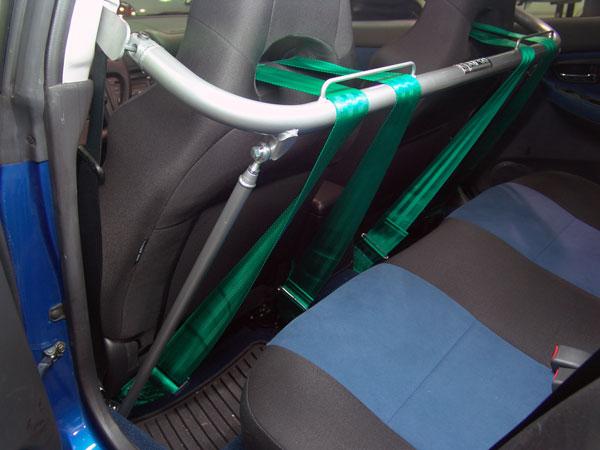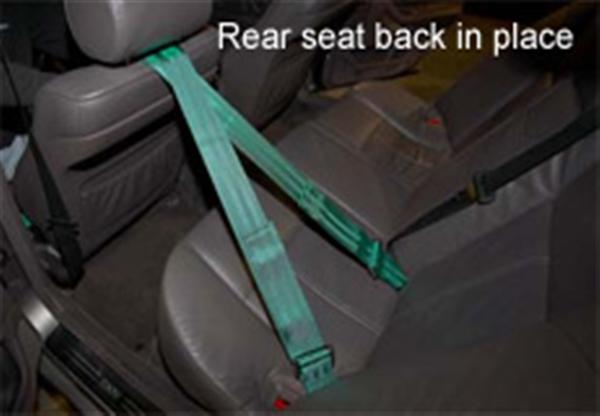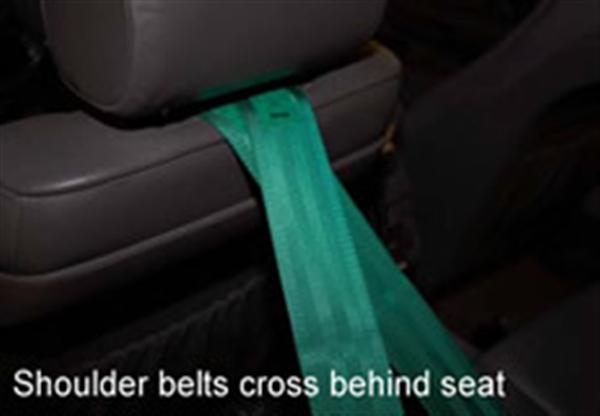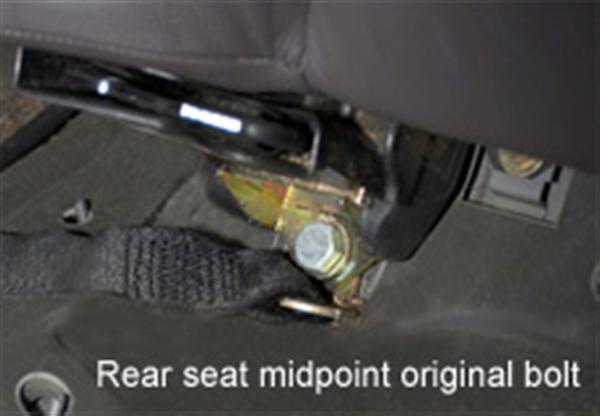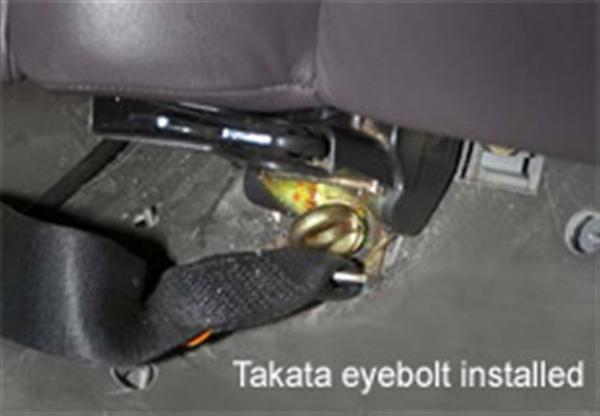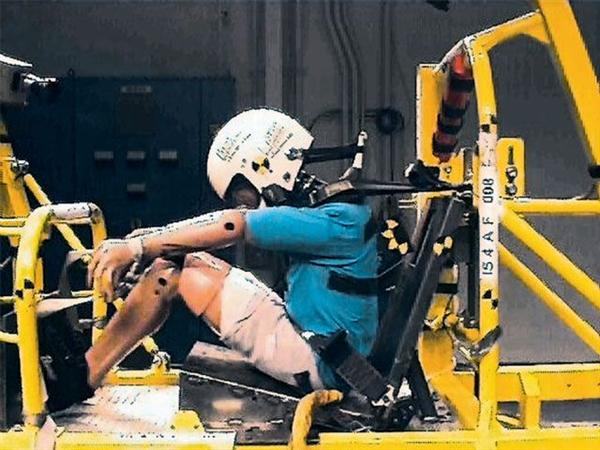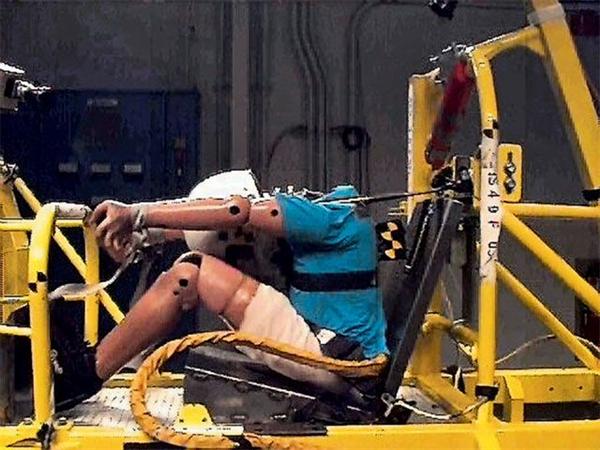We made mention of this newest offering from Defi a few months ago, and finally they’re here!
Just a quick rundown of what it is and what type of customer this is applicable to:
It’s a plug & play kit for OBDII vehicles. Let’s say you want high precision gauges in your car (which of course Defi makes!!!), but the hassle of having to install each gauges (temperature and/or pressure) is too time consuming, or even costly (especially if you have a technician install them). The Advance CAN Driver is your type of system!!!
By using the included OBDII Harness Kit (comes with part number DF15601), you simply hook up to the On-Board Diagnostic port, then link whichever Advance Series of gauges using the Daisy Chain meter wire from the CAN Driver to the gauge (and each subsequent gauge; up to three gauges can be installed). All that’s left is where you plan on mounting the CAN Driver unit and your gauges!
Installing gauges this way not only simplifies the installation process, but it also takes advantage of pulling all the engine data from the ECU. Afterall, the issue with OE gauges isn’t that their sensors are faulty or too slow. They are, in fact, quite accurate and quick. The real issue lies with how quickly the gauges return this real-time data into something you can see. The response time for OE gauges, as most of us know, is relatively slow. Now, with Advance CAN Driver operating your Advance series gauges, you have a high precision and fast functioning gauge setup, and all it took was a couple of minutes to hook up and get going!
However, some readings aren’t readily accessible from the factory ECU, such as engine speed (RPM). So, in order to use Advance CAN driver for other parameters like engine temperatures or pressures, you can still use Advance CAN Driver. But to get engine speed, you will need to use Defi’s Advance Control Unit in conjunction with the Advance CAN Driver.
So far, we have two available kits:
Defi Advance CAN Driver
part number: DF15601
MSRP: $189
Includes: Advance CAN Driver Unit, OBDII Harness Kit, Adapter Wire, Power Source Wire, Speed & Tachometer Signal Wire, and a few small installation parts.
Defi Advance CAN Driver + Advance BF 80mm Tachometer (White)
part number: DF15702
MSRP: $412
Includes: Advance CAN Driver, Advance BF 80mm Tachometer in White (11k rpm), Power Source Wire, and a few small installation parts.
Contact your nearest authorized TEIN dealer to order!

